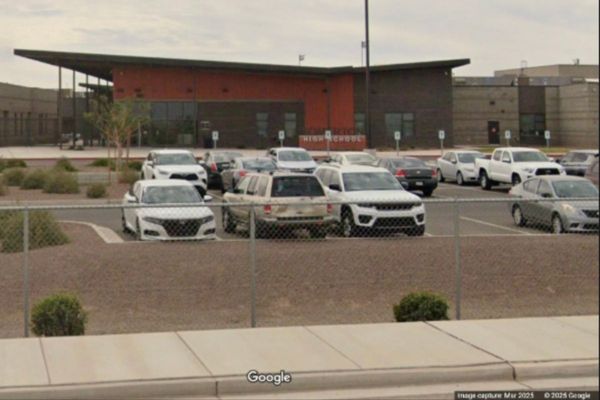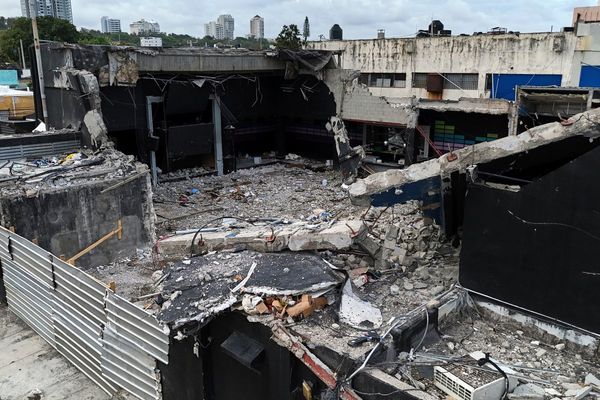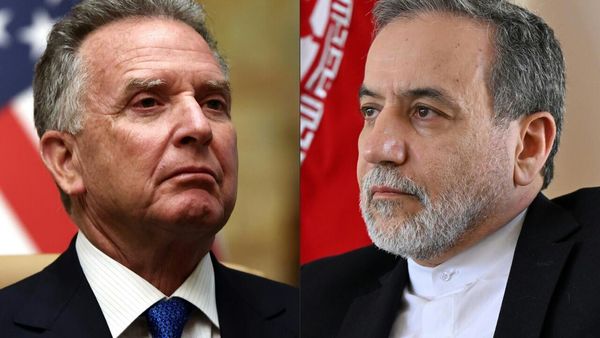The Archaeological Survey of India recently announced its findings on exploration in the Bandhavgarh Tiger Reserve of Madhya Pradesh. The ASI said it documented second century Buddhist caves and eighth and ninth century Hindu temples in the region. Sculptures depicting the 10 avatars of Vishnu were described.
In a statement on September 29, Ashoka University had said that “the work of Nayanjot Lahiri, Professor of History precedes the claims of ASI as evidenced in a peer-reviewed publication appeared in Current Science”. Prof. Lahiri elaborates on the findings.
Can you please explain the significance of the findings at the Bandhavgarh Tiger Reserve. Both the Buddhist and the Hindu relics.
A better way to put it is to explain the significance of the ancient and medieval relics. The caves are not Buddhist. One only has to compare them with early rock-cut monasteries in India to realise that if these were made for the Buddhist monastic community, there should be memorial stupas and carvings that have an overtly Buddhist character. We documented 81 caves, 50 of which had been mentioned by N.P. Chakravarti in his pioneering publication in 1955-56 — the same one which mentioned names like Mathura and Kausambi figuring in the inscriptions that are there. The significance of the caves is that they are the first dwellings systematically created in this part of the forest in the second century BCE.
What our work revealed is that they are on the north side of the Bandhavgarh hill and several smaller hills in its vicinity there. There are caves near the Chakradhara meadow, on the hill ridges and near the plateau. These were caves created mainly by men of commerce and craftspeople, and very occasionally by kings. One epigraph describes the cave as a sarthika lata or cave for caravan people. The creators also made tanks near the caves and one cave was described as a vayamasala or gymnasium. This is mentioned by Chakravarti.
How and why did your team decide to explore the Bandhavgarh area? Any particular incident or event which prompted that or was it a purely academic decision?
If you look at the website of the Centre for Interdisciplinary Archaeological Research, it would be evident that we have a long-term project on forests, and exploring Bandhavgarh stems from that interest. The archaeology of historical India has usually been visualised through explorations and excavations of ancient cities and farming settlements, within the overarching presence of states and empires. Forests and wilderness counteract the enclosed spaces of those urban and rural worlds but rarely figure in such accounts, except in passing when the expanding agricultural terrain is described in relation to forest lands being domesticated or when lines of communication, some of which pass through forested tracts, are delineated. This has meant that large expanses of forests and wild places that carry early markers of human use have not centrally figured in such research. So, in March 2021, we decided to start our field work – by concentrating on Bandhavgarh.
Was there any collaboration between other teams, for example the ASI, and the Ashoka University team while exploring the area?
The ASI was fully aware that we had been exploring Bandhavgarh since March 2021. In fact, they even used the Forest Department staff who we had relied on — asking them to be taken to the places where we had gone. This is what we were told.
Is there any significance of the discovery of second century caves in the area, specially since Hindu temples and statues are all from the eighth and ninth centuries?
What happens from the 8th century CE onwards is that the nature of the human signature changes. And that is the significance of the medieval relics. If commercial people and their donations were the most conspicuous markers of the 2nd century CE with nothing overtly religious in the caves, a Hindu religious landscape now comes into view here. Temples in large numbers, to begin with dedicated to Shiva, were constructed on the top of the plateau, on the hill slopes below and in the flatlands. A couple of centuries later, a minister in the court of King Yuvarajadeva got a Vishnu image (the Seshshayi) and that of several avatars of Vishnu — Varaha, Matsya and Kasyapa — with inscriptions in their vicinity put up. There are also portable images of Kalachuri times of which the most striking is that of Kalki on a horse.
So, while the caves were not overtly religious, from the eighth century onwards a religious landscape comes into view, when Kalachuri kings and ministers created Hindu temples and avatars in Bandhavgarh’s jungles, on the hills and in the flatlands. A few caves also at this point in time came to be repurposed, as Saiva shrines.
Could you share a bit about the future exploration plans in the same region (the other two sectors of Bandhavgarh left).
We have already explored a part of the Magdhi sector. As for future explorations... first, along with Professor Susmita Basu Majumdar, Calcutta University, the new inscriptions that were discovered, along with the earlier ones that Chakravarti discovered, are being deciphered and will be published soon. Second, we intend to bring scientists on board in order to understand the changing nature of the jungle. For us, studying the landscape of the caves and the medieval remains is as important as those remains.







